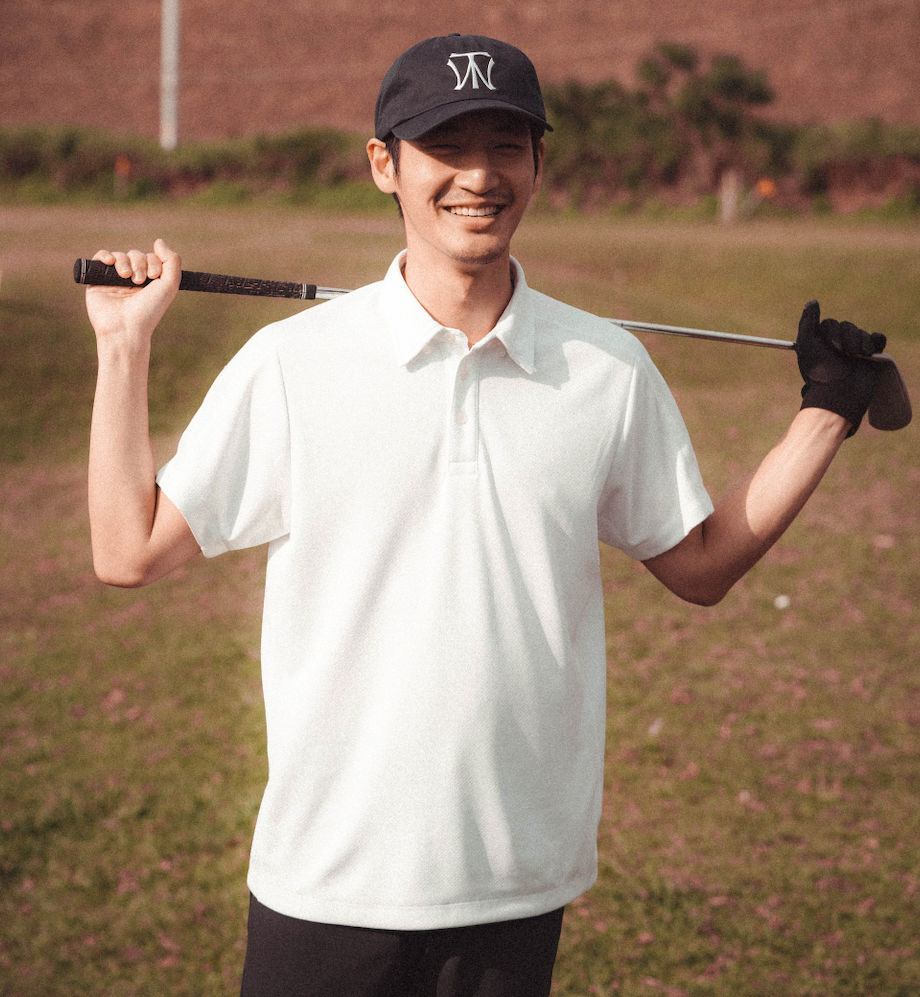According to McKinsey & Company’s research, from the year 2000 to 2014, annual global clothing consumption have risen to a whooping 60%. The Ellen MacArthur Foundation have stated that the rate in which clothing items are thrown away after being worn has dropped by 36% between the years 2002 and 2016. Lastly, according to the Boston Consulting Group (BCG), global consumption for clothing and shoes in particular are estimated to grow to 63% between 2015 to 2030.
These statistics show that large quantities of clothing are produced year after year, and at the end we think that we could just recycle or donate old clothing. In reality, the amount of material that could be recycled from old clothing is less than we think. Additionally, there are technical difficulties that comes with separating mixed fabric, which results in having most clothing tossed in the waste. So how can we, companies in the fashion and apparel industry, attempt to contribute to environmental conservation efforts?
The products we release into the market all adhere to environmental and societal regulations, as 90% of our factories and providers all passed Blue Sign / OEKOTEX100 tests. Therefore, our products’ quality and functionalities all have to be put through rigorous scrutiny and testing to reach these measures. In terms of product details, we were definitely careful and environmentally minded during our selection process.


Managing Defected Products –
Defected or recycled clothing are mostly reproduced to lower cost products, but real recycled material clothing actually utilizes plastic waste instead of recycled fabrics. In sales and storage process as well as seasonal changes, it is very easy to cause clothing to oxidize or partially break apart. Therefore, instead of throwing or recycling defect products, we rather give them a new life by launching our Re:Purpose Collection.
Through deconstructing defect products and upcycling them into new, functional bags, we have created unique, one of its kind accessories. During our design process, we carefully utilized the non-defected fabric from the clothing, retained the original fabric’s functionality, and preserved the clothing item’s original stitching and certain signature details such as pockets. By scrutinizing the details of each unique bag, you could see the care and warmth that our designers put into the thought process, and you can possibly guess which product the bag was made from. We hope that our bag collection inspires you to reduce, reuse, and recycle, and for us all to be more mindful of our environment moving forward. Happy Earth Day 2021!
Re:Purpose Collection -
3. Re:Purpose Shoulder Bag 001
4. Re:Purpose Shoulder Bag 002
5. Re:Purpose Shoulder Bag 003
Leave a comment
Comments will be approved before showing up.
Also in Blog
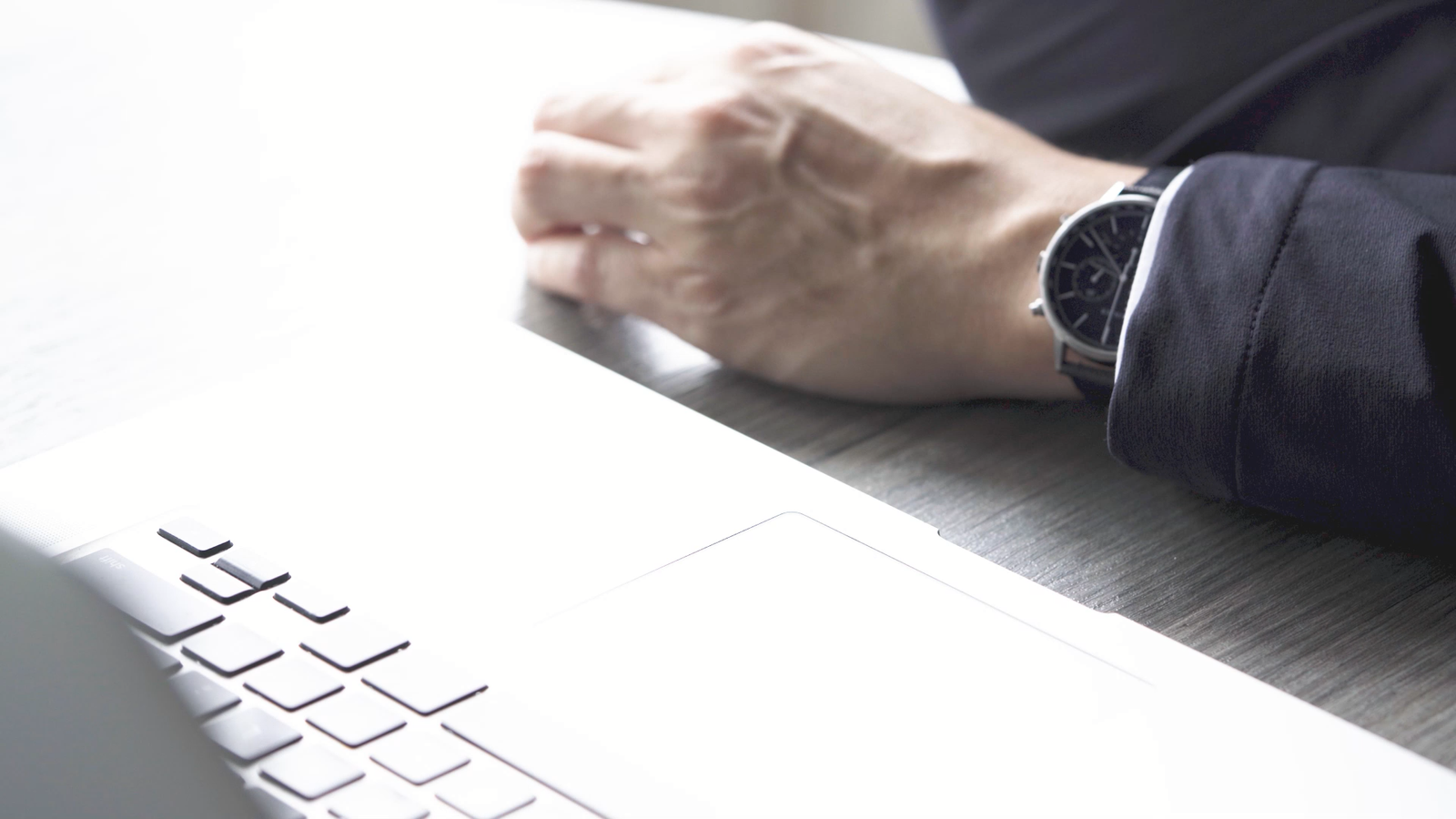
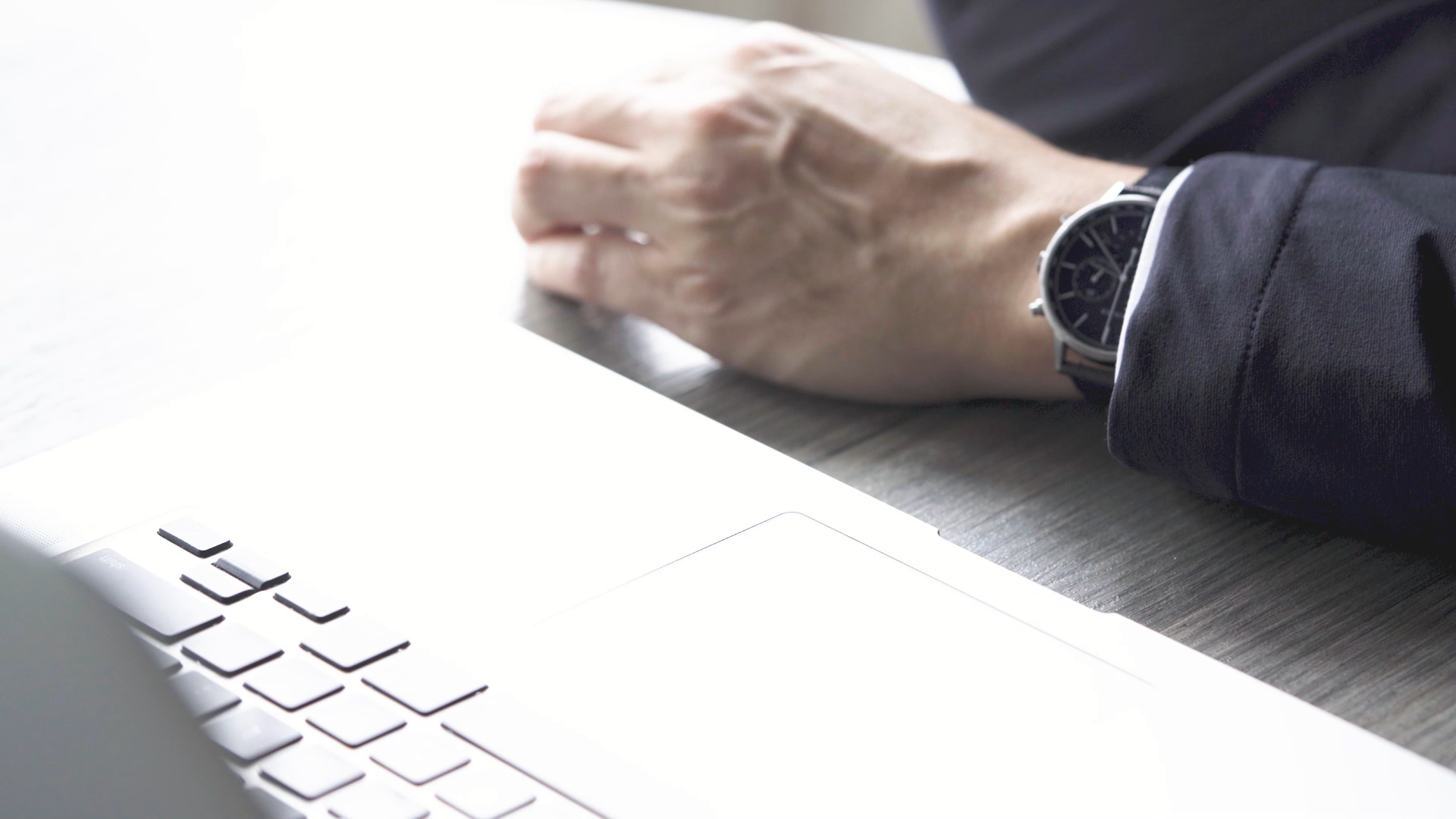
Work From Home - Trends And The Most Comfortable Suit
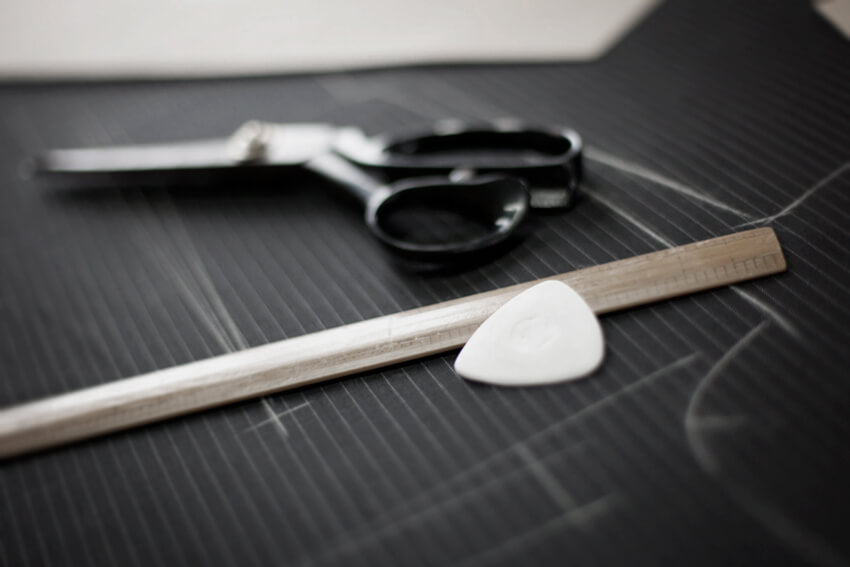
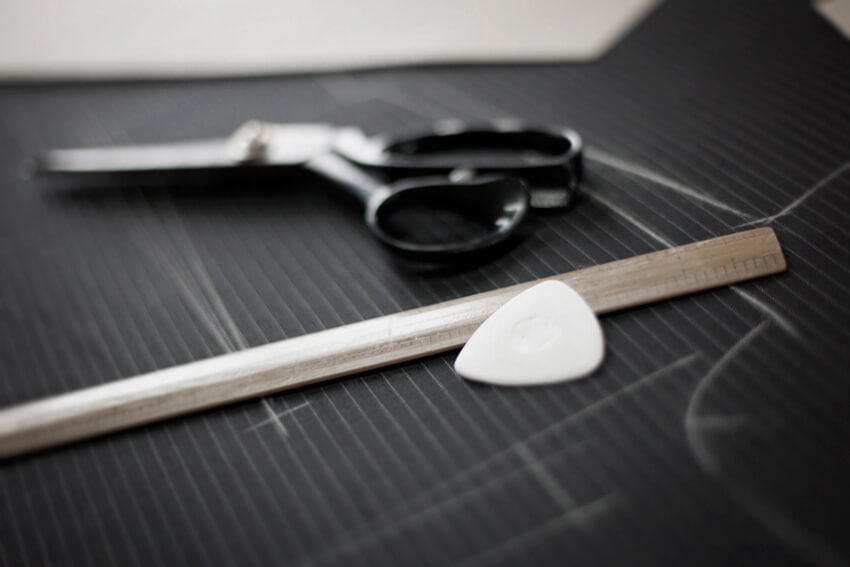
Bespoke vs. Made to Measure
Recently we have gotten questions regarding our “Free Alterations Service” and what it entails.
There are three main types of alterations service, and we want to clarify the differences so that you understand what we offer, especially when you purchase one of our suits or pants.

